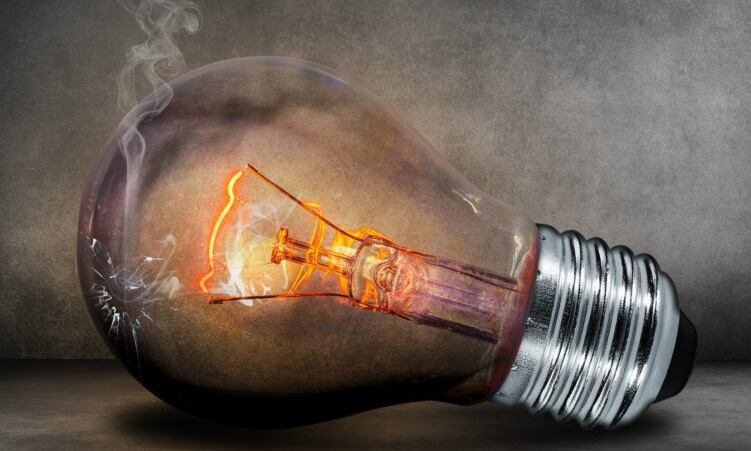Namibia has the highest electricity costs in southern Africa, primarily due to its heavy reliance on costly imported power.
Namibia has imported electricity to meet power demand since the 1990s. However, imports still amounted to less than 40% of the country’s needs.
According to a report by the International Energy Agency on renewable energy opportunities for Namibia, in 2021, Namibia imported more than 62% of its total power demand.
This is the third-largest amount of imported electricity in sub-Saharan Africa, after South Africa and Mozambique.
“Since 2004, domestic demand began to outpace the ability to build new generating capacity and reliance on imports began to exceed 50%, reaching 60 to 70% in recent years,” says the report.
One of the contributors to the high import bill is the decline in energy generation from the Ruacana Hydroelectric Power Station.
In 2022, generation from the Ruacana station dropped by 20%, its lowest level since 1997.
“The main reason for this was lower precipitation levels in the Kunene River catchment area in southern Angola, which feeds into the Ruacana power station,” says the report.
Another reason was water infrastructure development upstream in Angola.
“As a result, the utility had to increase electricity imports through bilateral agreements with neighbouring countries and the Southern African Power Pool,” reads the report.
However, even with this high import bill, 45% of the population still lives in darkness.
According to the report in 2023, half of Namibia’s population had access to electricity through a grid connection, with another 5% to 6% supplied via off-grid, mostly solar photovoltaic-based systems.
“This is a significant improvement from 2000, when only one-third had access, thanks largely to a combination of government initiatives and relatively slow rates of population growth – but it still means that close to 45% of Namibians live without electricity.”
Although the Namibian Power Corporation spent more money on purchasing electricity, the total electricity imported declined.
Expenditure on purchased power went from N$68 billion (USD 4 billion) in 2019 to N$85 billion (USD 5 billion) in 2023.
“While imports decreased from 2019 to 2023, the United States dollar appreciated by almost 20% over the same period, driving up expenditures for the utility in local currency,” says the report.
The US dollar is the currency used for pricing power contracts.
Stay informed with The Namibian – your source for credible journalism. Get in-depth reporting and opinions for
only N$85 a month. Invest in journalism, invest in democracy –
Subscribe Now!






